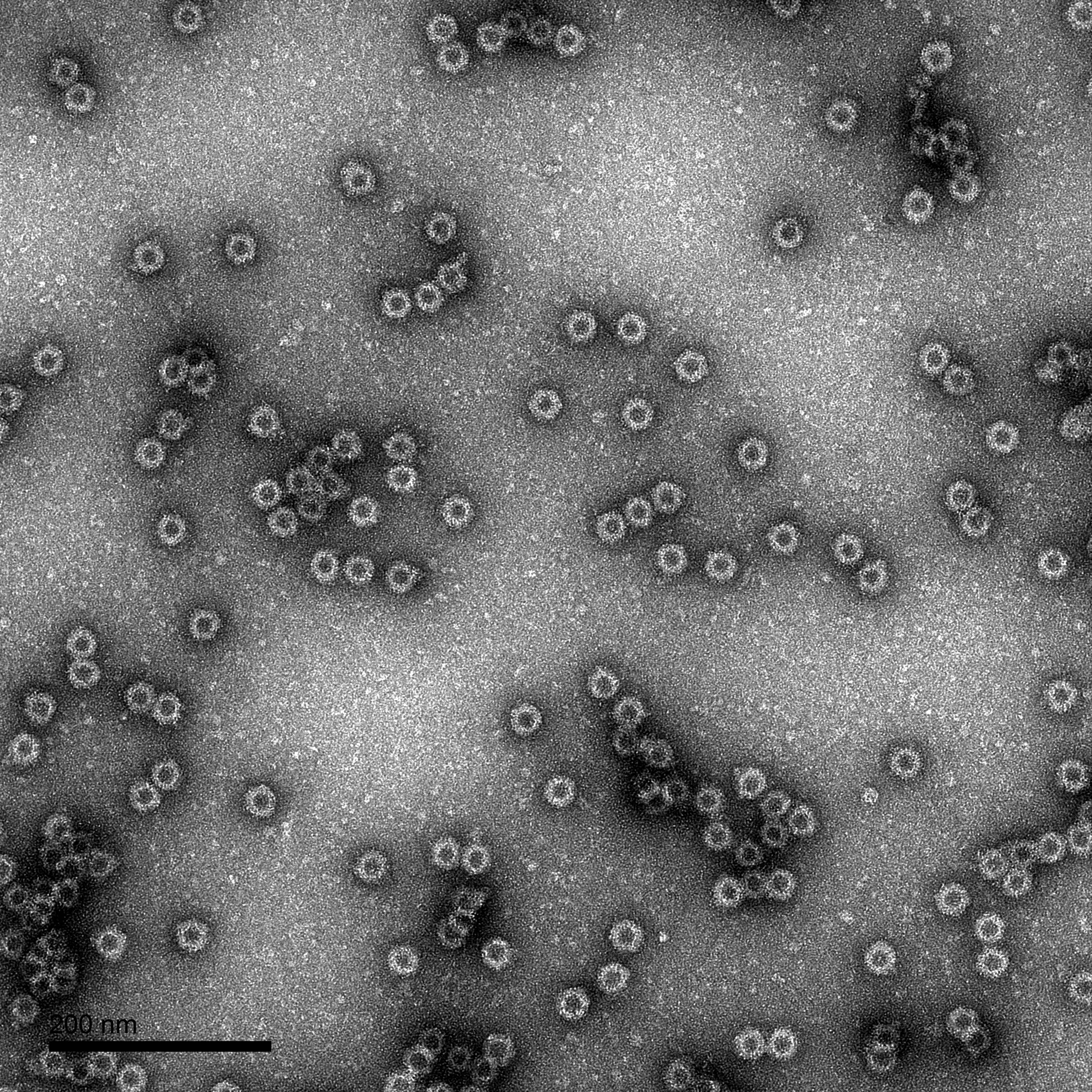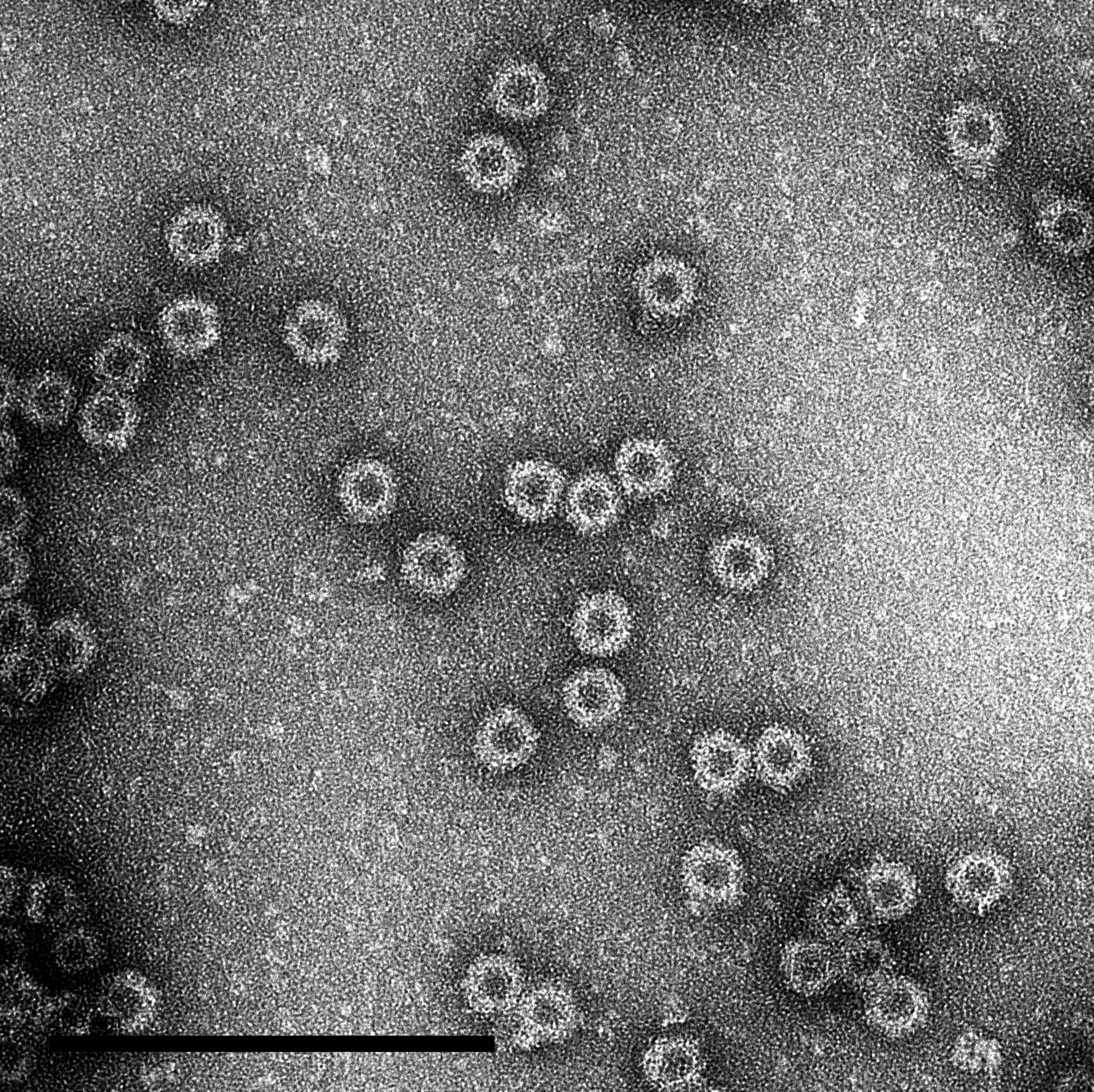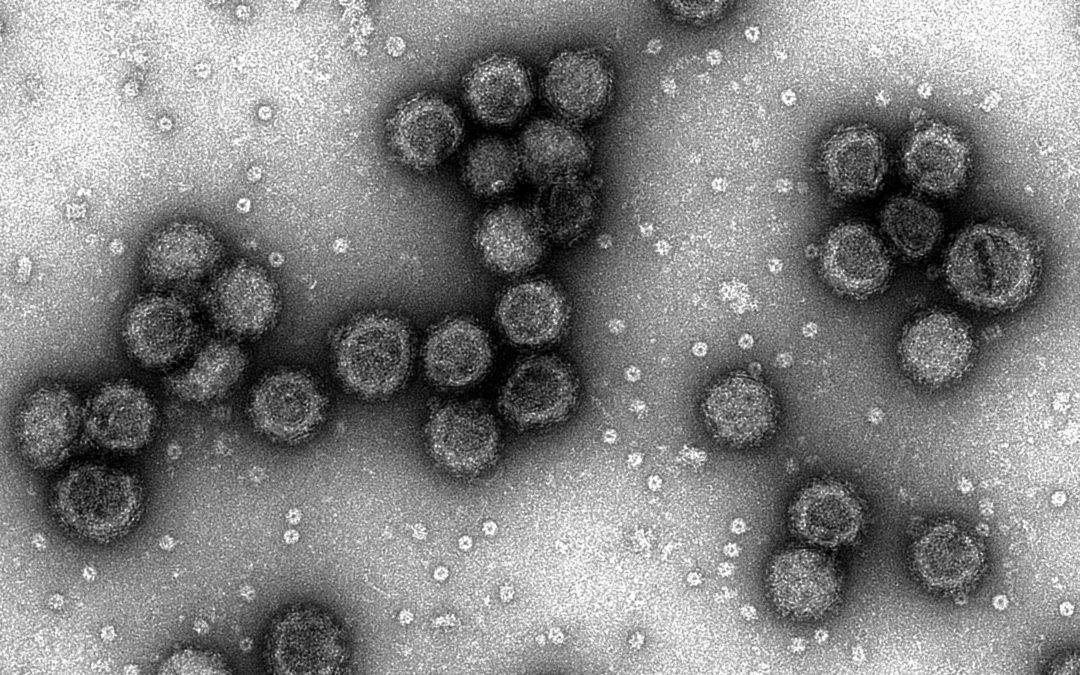It’s always nice to visualise what you’re working with. In this blog, we present new electron microscopy (TEM) images for some of our virus-like particles. For more information on our VLPs, please click on the links below.
Why do we use VLPs?
Virus-like particles (VLP) are molecules that closely resemble native viruses, but contain no genetic material and are therefore replication-defective and non-infectious. VLPs occur naturally, or can be produced by the expression of individual structural proteins that self-assemble into a virus-like structure. While recombinantly-expressed VLPs do not produce functional viruses, they are often able to elicit comparable immunogenic responses. Combined with their safety, this makes VLPs choice candidates for the research and development of diagnostics and vaccines.
Dengue Virus-Like Particles (Serotypes 1-4)
Our Dengue virus-like particles are comprised of recombinant E, M and pre-M proteins, expressed in HEK293 cells. These VLPs are unique products, developed in response to the need for highly immunogenic, concentrated Dengue antigens for use in Dengue-focused disease research and vaccine development (including use as an immunogen). Our Dengue VLPs have been extensively characterised by Metz et al. to show comparable epitope presentation and immunogenecity to native Dengue virus.
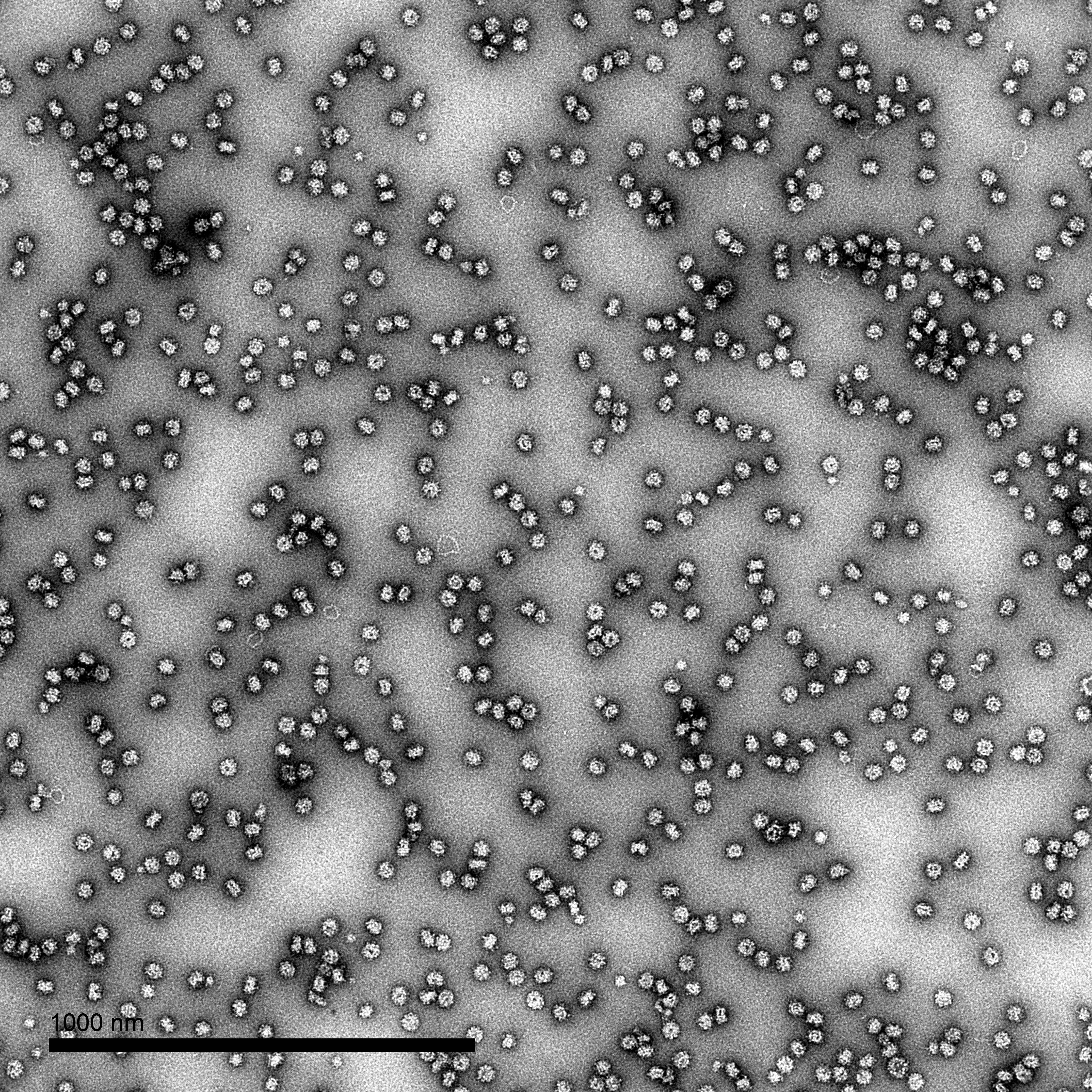
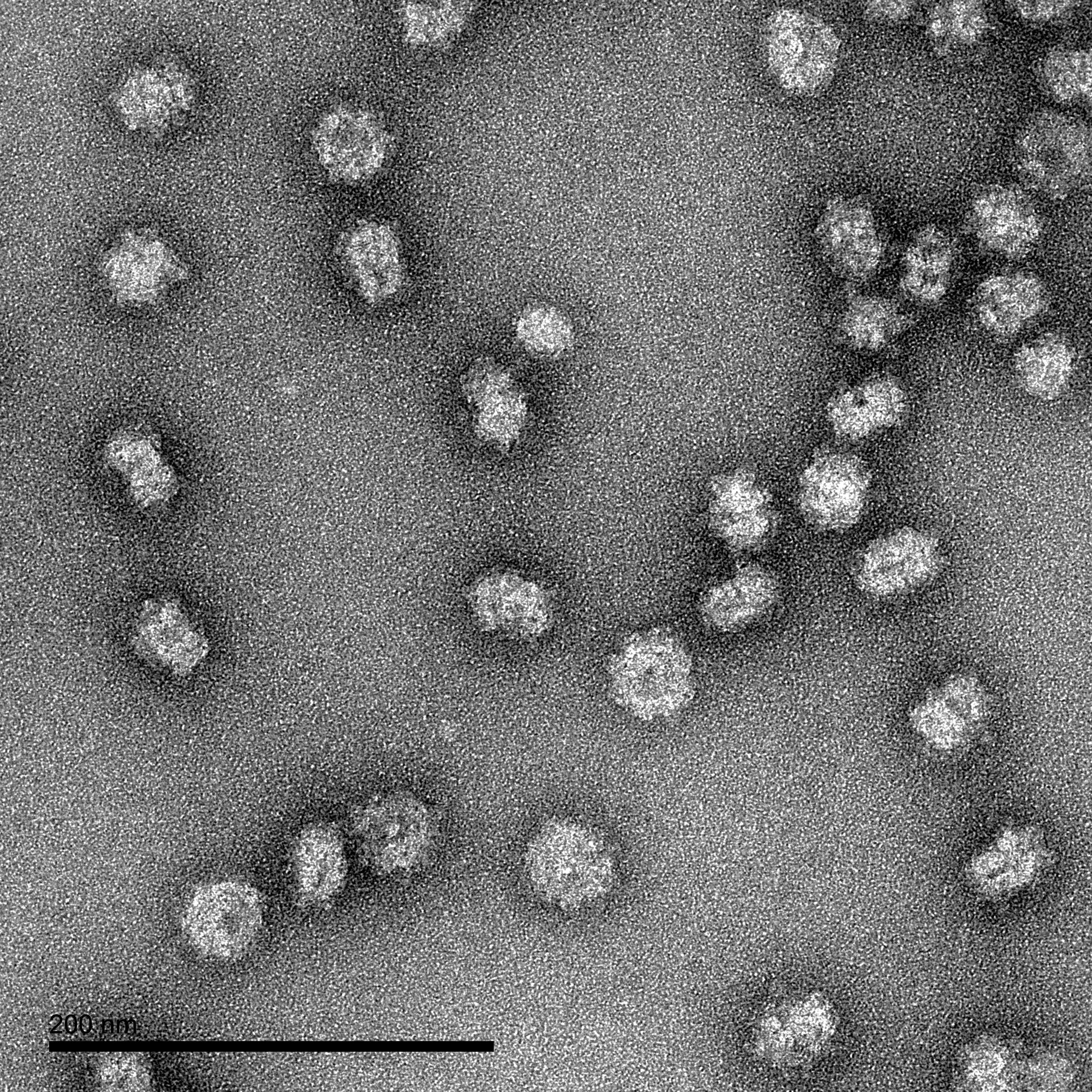
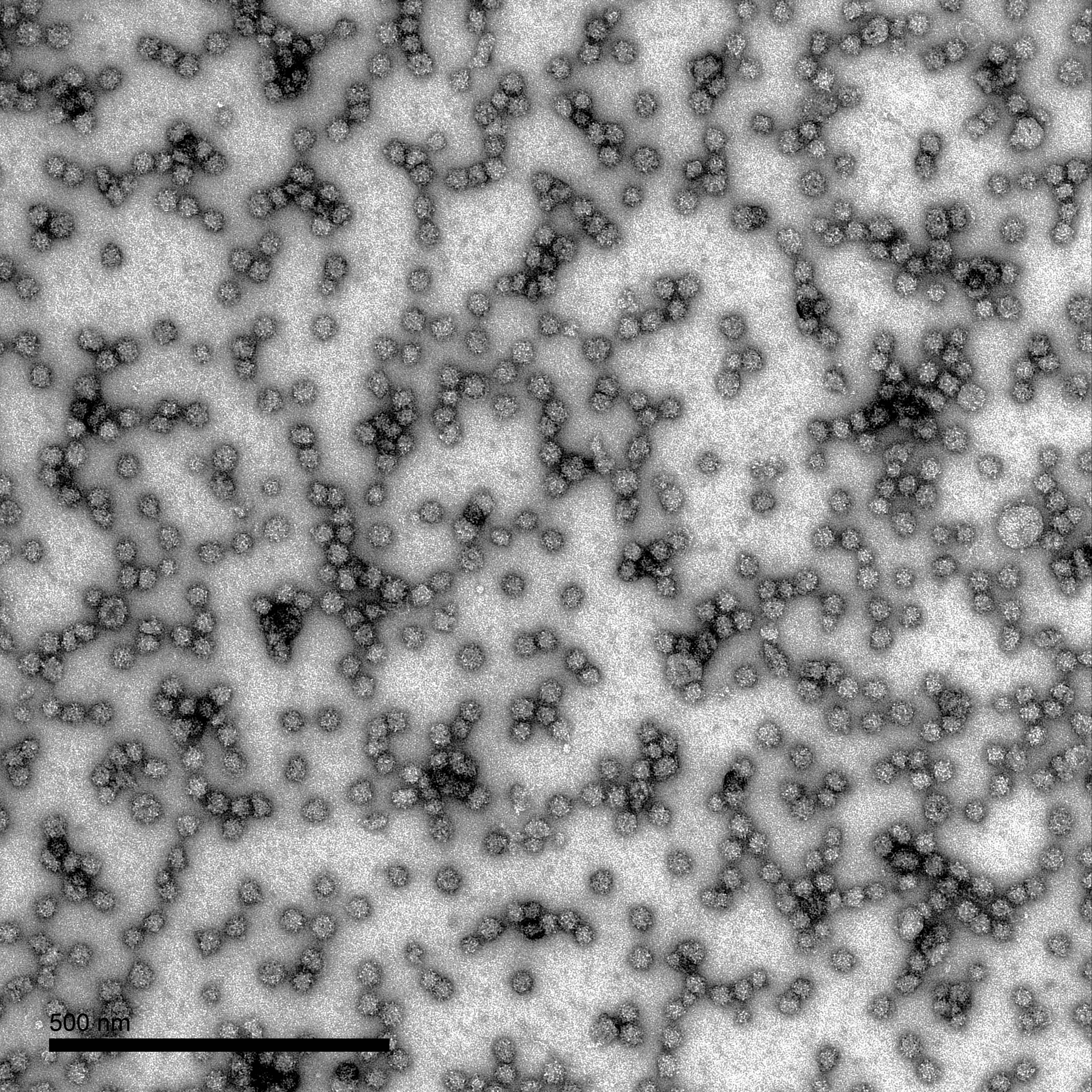
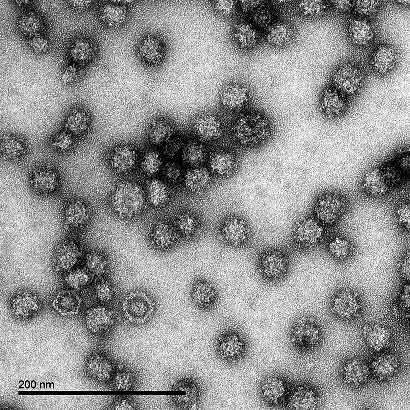
Mayaro Virus-Like Particles
Our Mayaro virus-like particles are comprised of recombinant capsid and E1 / E2 envelope proteins, expressed in HEK293 cells. These can be used in research applications, such as assay development to distinguish Mayaro virus infection from infection with Chikugunya virus.
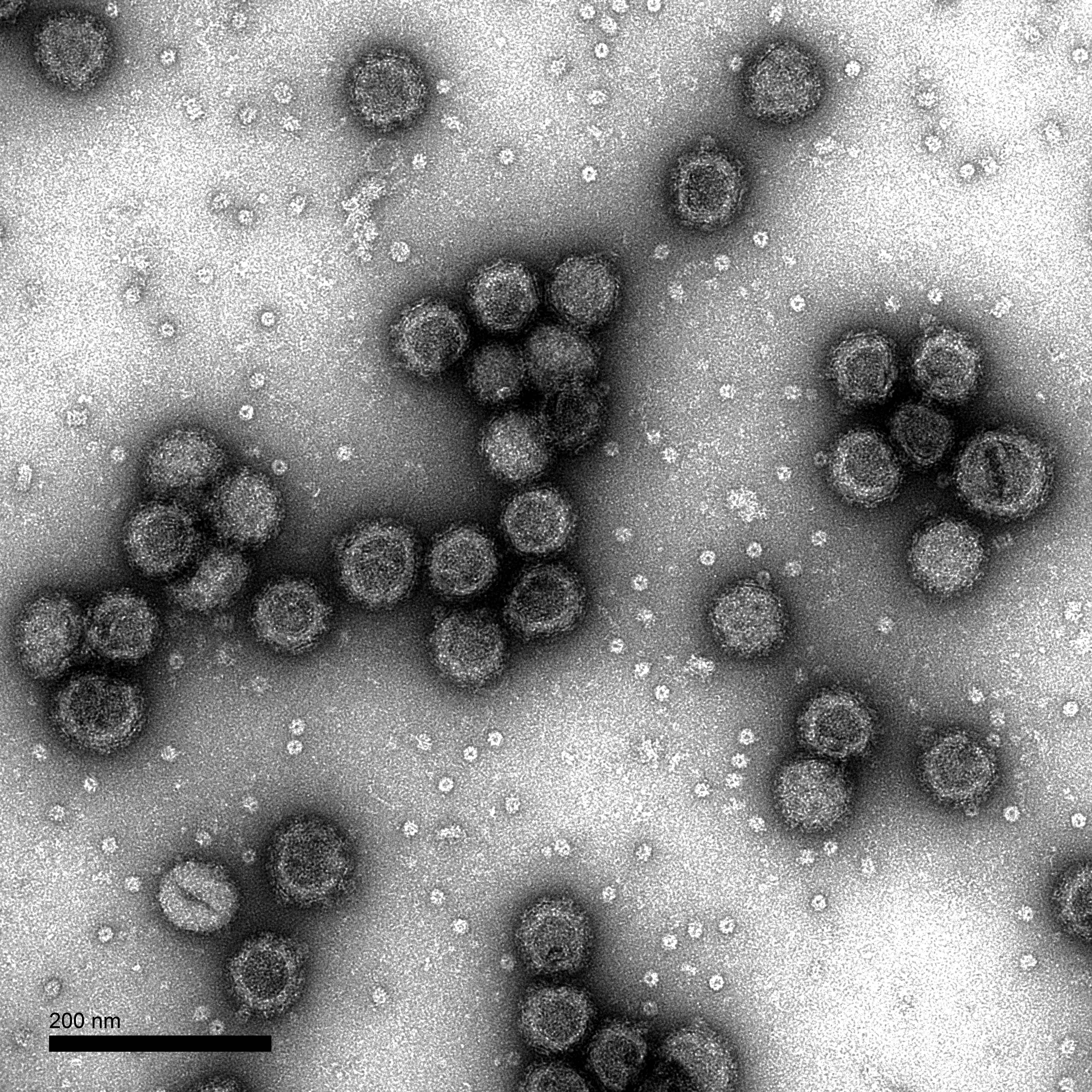
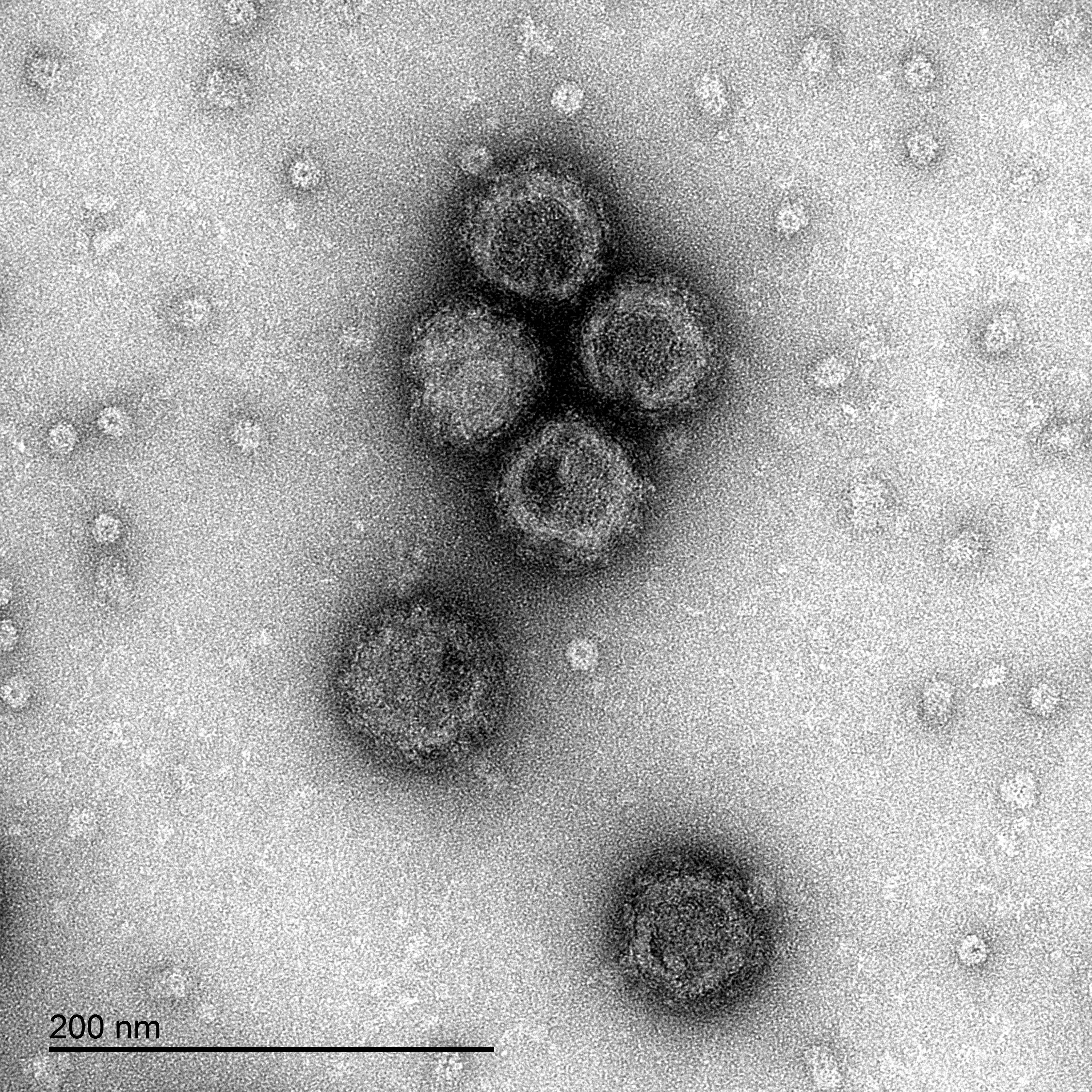
O’nyong’nyong Virus-Like Particles
Our O’nyong’nyong virus-like particles are comprised of recombinant capsid and E1 / E2 envelope proteins, expressed in HEK293 cells. These VLPs can be used in basic research applications, or the development of diagnostics and vaccines.
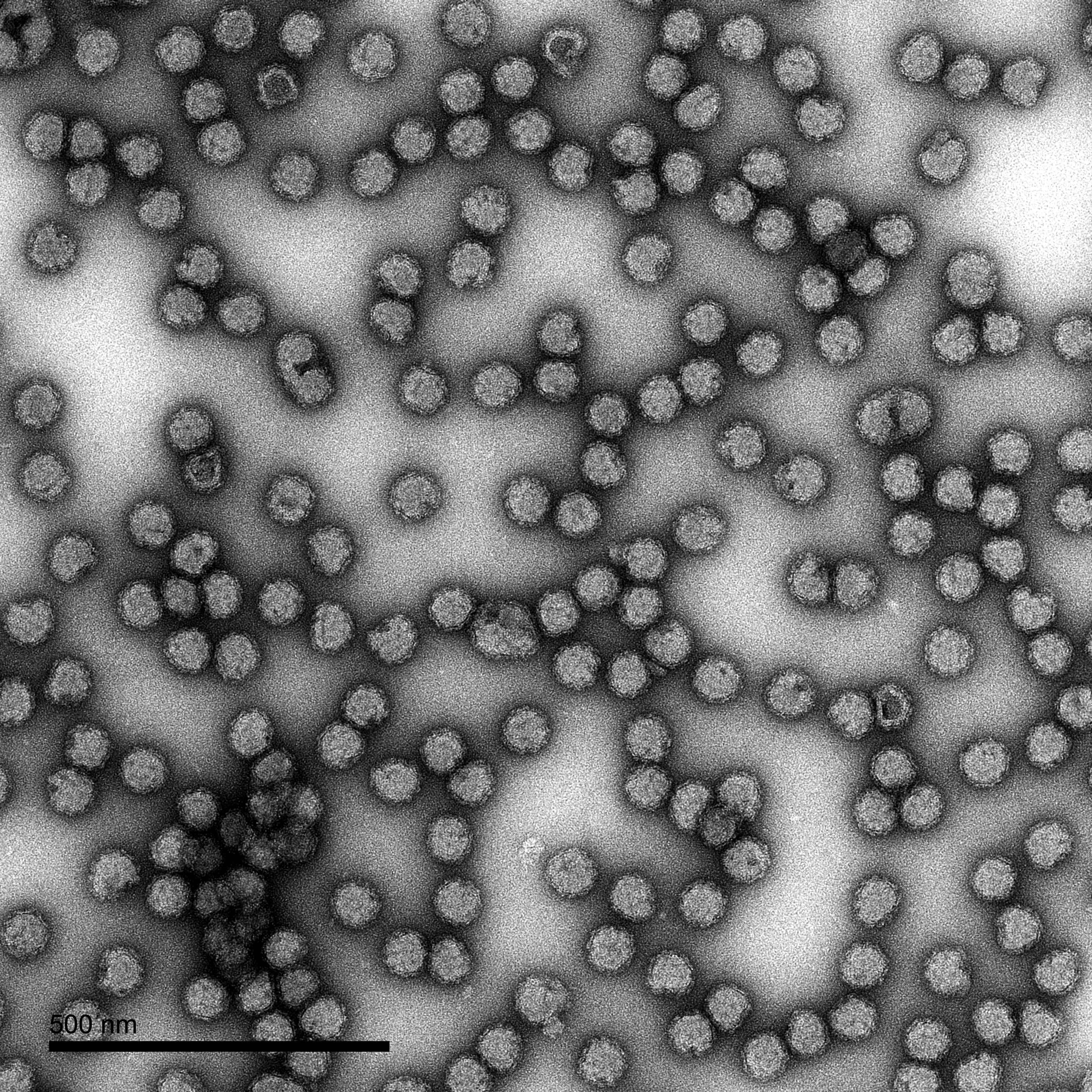
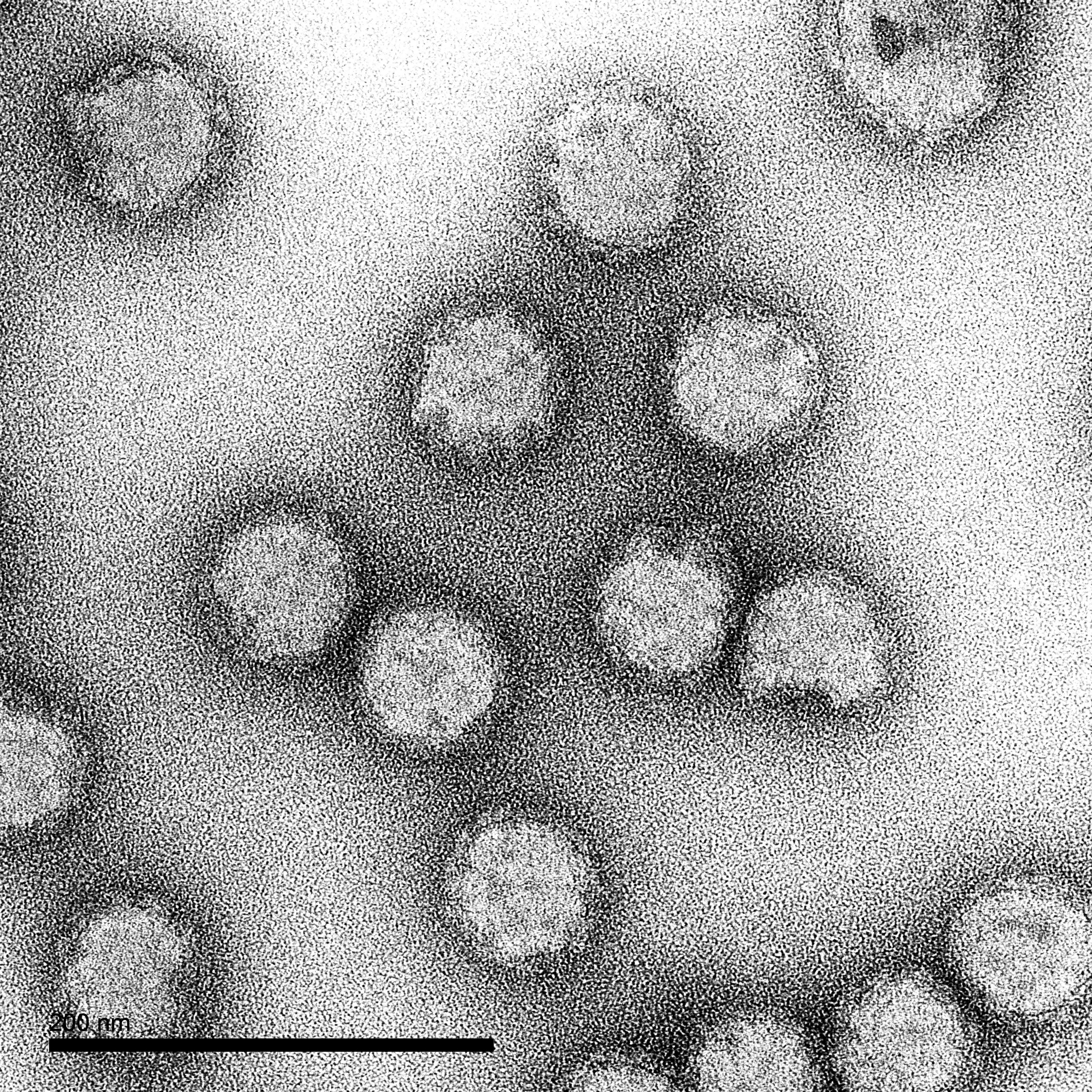
Norovirus-Like Particles
Our Norovirus-like particles are comprised of 180 VP1 protein copies, expressed in HEK293 cells, which self-assemble to form a VLP. These VLPs are suitable for studies of VP1 structure and as potential targets for serological assays.
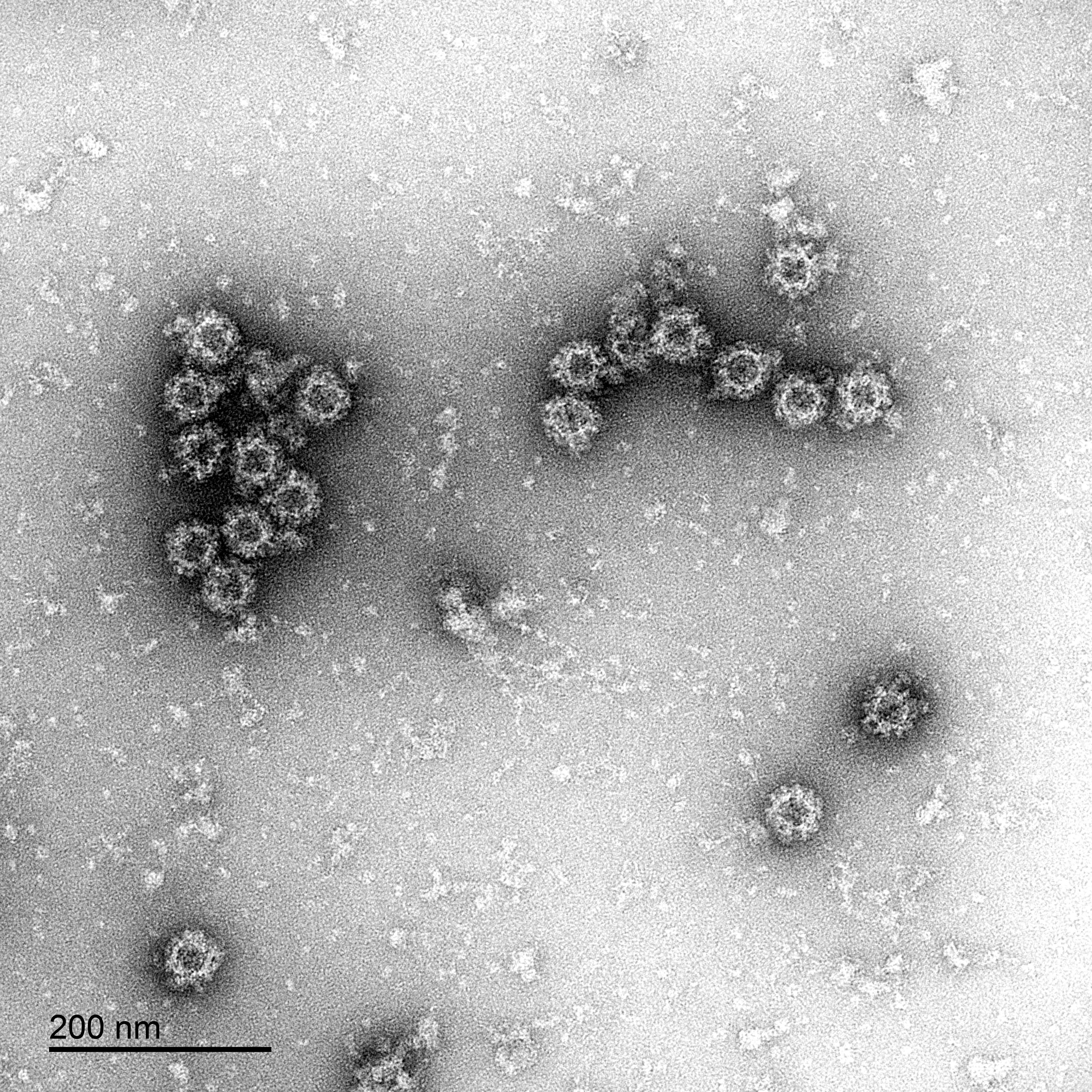
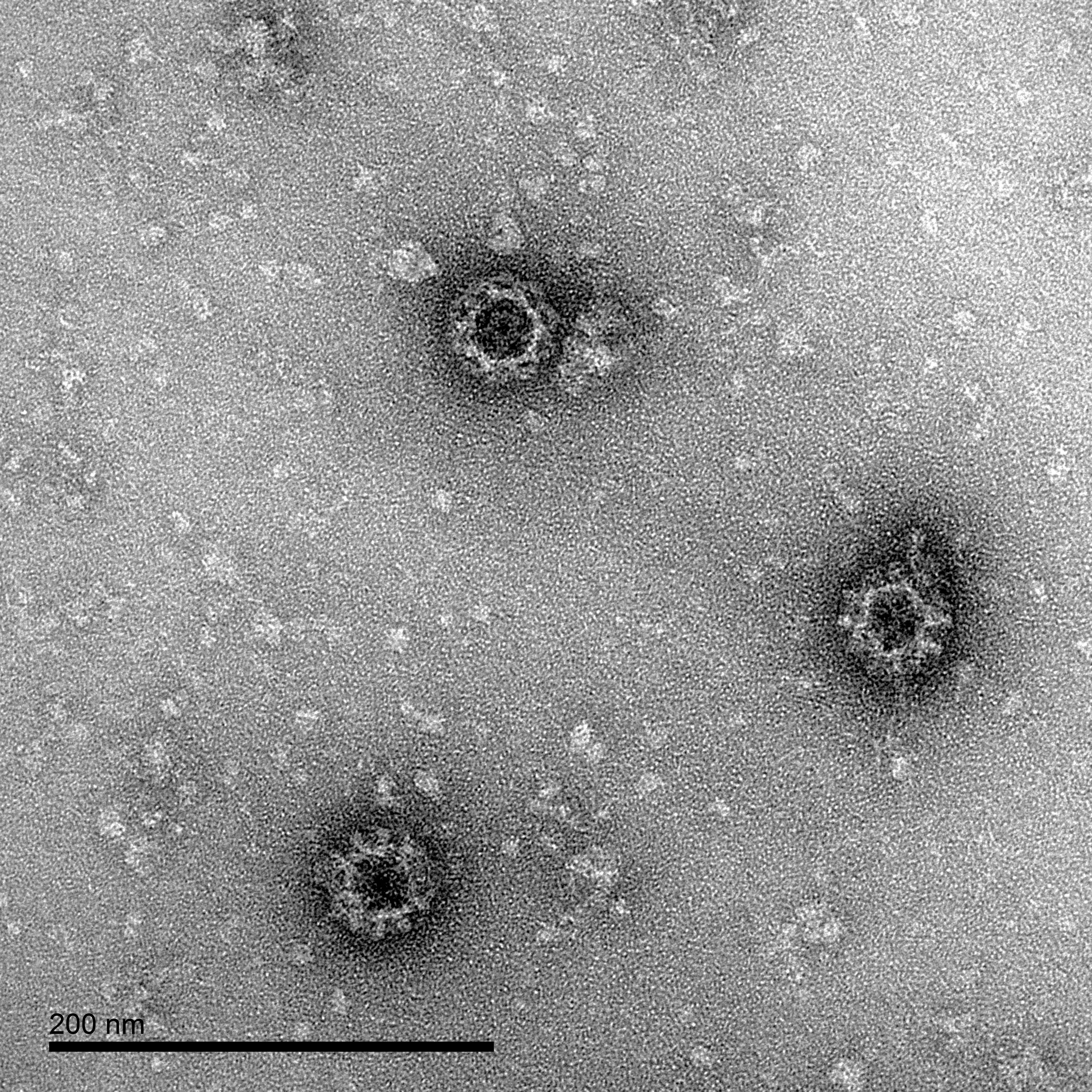
Parvovirus-Like Particles
Our Parvovirus-like particles are comprised of VP2 proteins, expressed in HEK293 cells and purified to exceptional quality and purity. These VLPs can be used in a range of research applications, such as assay development or vaccines.
